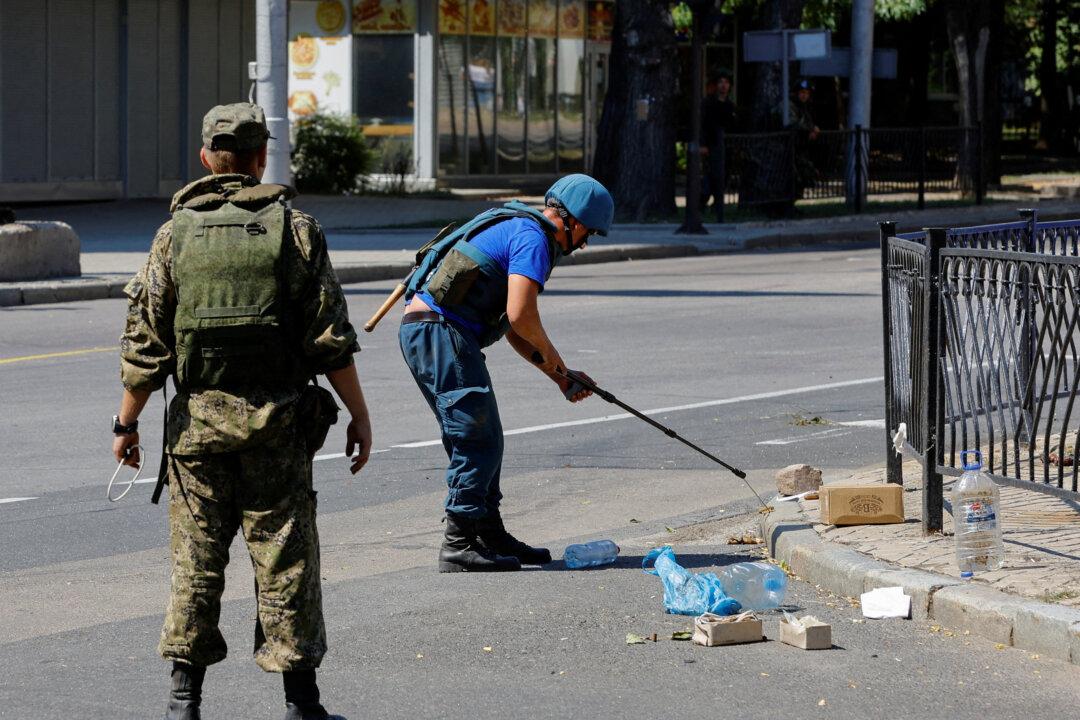WASHINGTON—Human Rights Watch (HRW) said on Friday that it uncovered new evidence of the indiscriminate use by Ukrainian forces of banned anti-personnel landmines against Russian troops who invaded Ukraine in 2022.
The group called on Ukraine’s government to follow through with a commitment made earlier in June not to employ such weapons, investigate their suspected use, and hold accountable those responsible.





